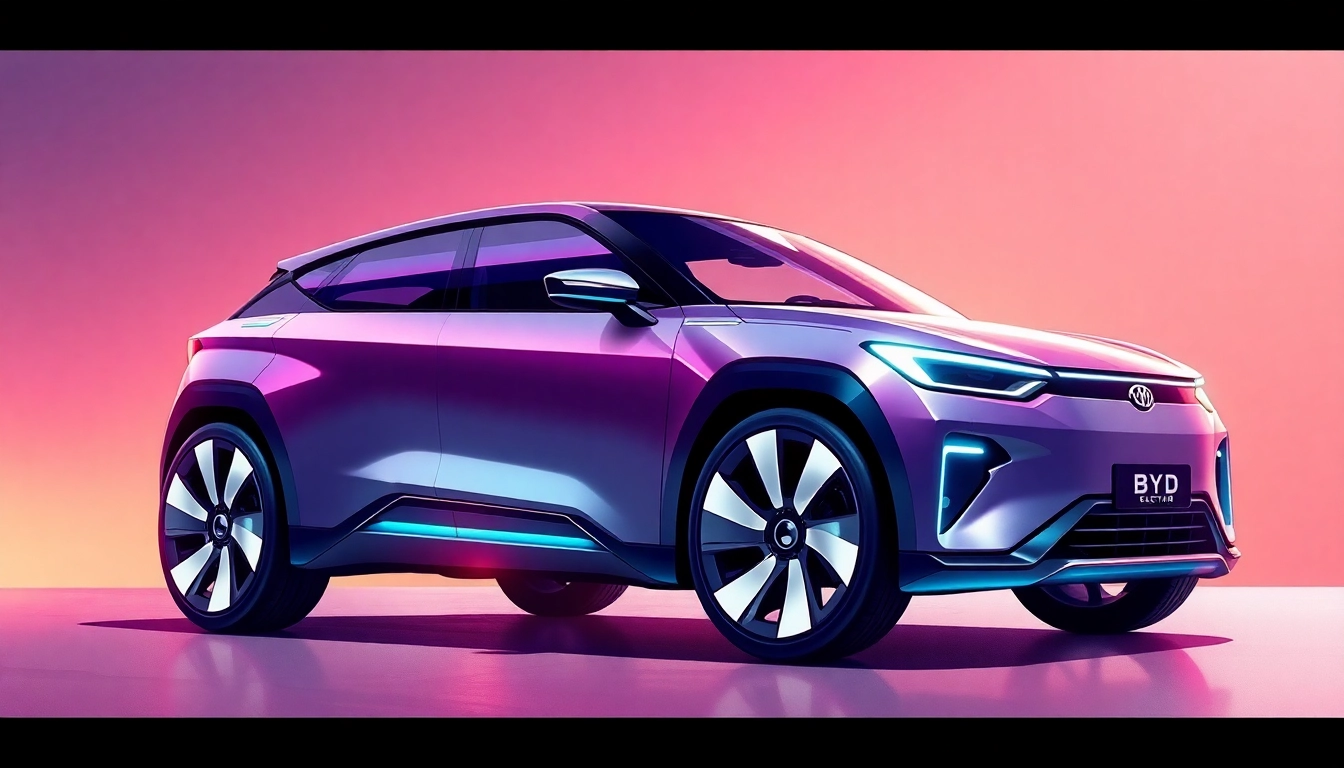Car window tinting is more than just a trendy car modification; it serves crucial practical purposes that benefit both vehicle owners and passengers. With the right tint, vehicles can enjoy significant enhancements in comfort, safety, and aesthetics. This comprehensive guide covers everything you need to know about car window tinting, including its definition, benefits, types, legal considerations, installation processes, costs, and maintenance tips. Whether you’re contemplating car window tinting for the first time or seeking to deepen your knowledge, this article has you covered.
Understanding Car Window Tinting
What is Car Window Tinting?
Car window tinting involves applying a thin film of material to the windows of a vehicle, altering their appearance and functionality. This film can be made from various materials, including polyester, and may have a reflective or non-reflective finish. The purpose of tinting is to reduce glare, heat, and UV radiation from the sun while also enhancing the vehicle’s aesthetic appeal. Various degrees of darkness are available, enabling customers to choose a tint level that matches their preferences and needs.
Benefits of Car Window Tinting
The benefits of car window tinting can be categorized into several key areas:
- Heat Reduction: Tints significantly decrease the amount of heat entering the car, making it more comfortable, especially in warmer climates.
- UV Protection: Quality window films can block up to 99% of harmful UV rays, protecting you and your passengers from skin damage while also preventing interior fading.
- Privacy and Security: Tinted windows offer increased privacy for occupants and valuables, reducing visibility for potential thieves.
- Glare Reduction: Tints minimize glare from sunlight and headlights, improving driver visibility and reducing eye strain.
- Aesthetic Appeal: The right tint enhances the overall appearance of the vehicle, giving it a sleek, polished look.
- Increased Safety: In the event of an accident, the window film can help hold shattered glass together, reducing the risk of injury from flying shards.
Types of Tints Available
Several types of window tints cater to different needs and preferences. Understanding these options is essential to making an informed decision:
- Dyed Window Film: This is the most common type of tint, known for its affordability and privacy benefits. The dye is applied between layers of film, providing a dark appearance.
- Metalized Window Film: This film contains metallic particles that provide increased heat rejection and UV protection. However, it can interfere with electronic signals.
- Ceramic Window Film: With no metal or dye, ceramic films offer excellent UV protection and heat rejection without signal interference. They are more expensive but popular for high-end vehicles.
- Carbon Window Film: This type features carbon particles that absorb heat, reducing glare and providing a matte finish. It’s more durable than dyed films.
Legal Considerations for Car Window Tinting
Tinting Regulations by State
Before applying tint to your vehicle, it’s crucial to familiarize yourself with your state’s specific laws regarding window tinting. Regulations vary significantly, covering aspects such as the allowable VLT (Visible Light Transmission) percentage and specific windows that can be tinted. In some states, front windows might have stricter limitations compared to rear windows. Failing to comply with these laws can lead to fines and the requirement to remove the tint.
Understanding Visible Light Transmission (VLT)
Visible Light Transmission (VLT) refers to the percentage of visible light that passes through the window film and glass. A higher VLT percentage means more light is allowed in, while a lower percentage signifies darker tints. For example, a film with a VLT of 20% allows only 20% of visible light to enter, providing a darker appearance and greater heat reduction. Knowing the VLT regulations in your area can help you choose an appropriate tint while remaining compliant with the law.
Consequences of Non-Compliance
Failing to adhere to tinting laws can result in various consequences. Common repercussions include receiving fines from law enforcement and potential points on your driving record. More significantly, law enforcement may require you to remove the non-compliant tint, resulting in additional costs for you. Always ensure that your car window tinting complies with local laws to avoid these issues.
The Car Window Tinting Process
Preparation Steps Before Tinting
Proper preparation is essential for successful tint application. Here’s a guide to help you prepare your vehicle:
- Cleaning Windows: Thoroughly clean both the interior and exterior of all windows to remove dust, grime, and oils. This ensures proper adhesion of the tint film.
- Choosing the Right Tint: Select the type and shade of window tint that meets your needs and complies with local regulations.
- Gather Tools: If you’re doing a DIY installation, gather necessary tools, including a utility knife, squeegee, spray bottle, and measuring tape.
Installation Techniques
Whether opting for a professional installation or a DIY approach, understanding the application process is beneficial:
- Applying the Tint: Start by carefully measuring and cutting the film to size. Align the film with the window edges for a precise fit. If working on a DIY project, use a spray solution to apply the film to the glass surface to assist with positioning.
- Smoothing Out Bubbles: Use a squeegee to remove any bubbles or wrinkles during the application process. Start from the center and work toward the edges for the best results.
- Trimming Excess Film: Once applied, carefully trim any excess film using a sharp utility knife for a clean finish.
Post-Application Care
The care your tinted windows require immediately after installation is crucial for ensuring longevity:
- Wait Period: Avoid rolling down the windows for at least three to five days to allow the adhesive to set effectively.
- Gentle Cleaning: When cleaning, use a soft microfiber cloth and avoid ammonia-based cleaners, which can damage the tint.
Cost Factors for Car Window Tinting
Factors Affecting the Price of Tinting
The cost of car window tinting can vary based on several factors:
- Type of Tint: As noted earlier, different types of tints come with varying costs, with ceramic films typically being the most expensive due to their advanced technology.
- Vehicle Size: The size and number of windows that require tinting will influence the overall cost. Larger vehicles require more material, thus increasing the total price.
- Professional vs. DIY: Hiring professional installation often costs more upfront but can save time and prevent potential pitfalls of a DIY project.
Comparing DIY vs. Professional Tinting
When considering car window tinting, you may find yourself torn between DIY installation and hiring a professional service. Here are the pros and cons of each:
- DIY Installation:
- Pros: Cost-effective, flexibility to work on your schedule.
- Cons: Requires time, tools, and skills to avoid common pitfalls such as bubbles, uneven edges, and improper alignment.
- Professional Installation:
- Pros: High-quality results, expertise in correct application, and compliance with regulations.
- Cons: Higher initial cost compared to DIY.
Estimating Total Costs
To estimate the total costs for car window tinting, consider the type of film, vehicle size, and whether you choose DIY or professional installation. Typically, prices for professional installation can range from $150 to $600, depending on the complexity and quality of the tint. Always gather multiple quotes from local providers for the best price.
Maintaining Your Car Window Tinting
Cleaning Techniques for Tinted Windows
Maintaining the appearance and functionality of your tinted windows is essential. Follow these guidelines for cleaning:
- Use Gentle Cleaners: Opt for mild, ammonia-free cleaners to avoid discoloration or damage to the tint film.
- Soft Cloths: Always use a soft microfiber cloth to prevent scratching and ensure a streak-free finish.
- Regular Cleaning: Clean your tinted windows regularly to maintain clarity and appearance.
Signs Your Tint Needs Replacement
While tinted windows can last several years, certain signs indicate the need for replacement:
- Bubbles or Peeling: These issues are often caused by improper application, deterioration of the adhesive, or exposure to extreme conditions.
- Changes in Color: A faded tint that loses its original hue may need replacing to maintain a polished look.
- Scratches or Damage: Visible scratches can affect both the aesthetic and safety of the tinted windows.
Maximizing the Lifespan of Your Tint
To extend the lifespan of your car window tinting, consider the following tips:
- Avoid Excessive Sun Exposure: Parking in shaded areas or using a sunshade can help mitigate fading and heat damage.
- Regular Inspections: Periodically check the condition of your window tint and address any issues promptly.
- Follow Care Instructions: Adhering to any specific care instructions provided by your installer can prolong the life of your tint.



